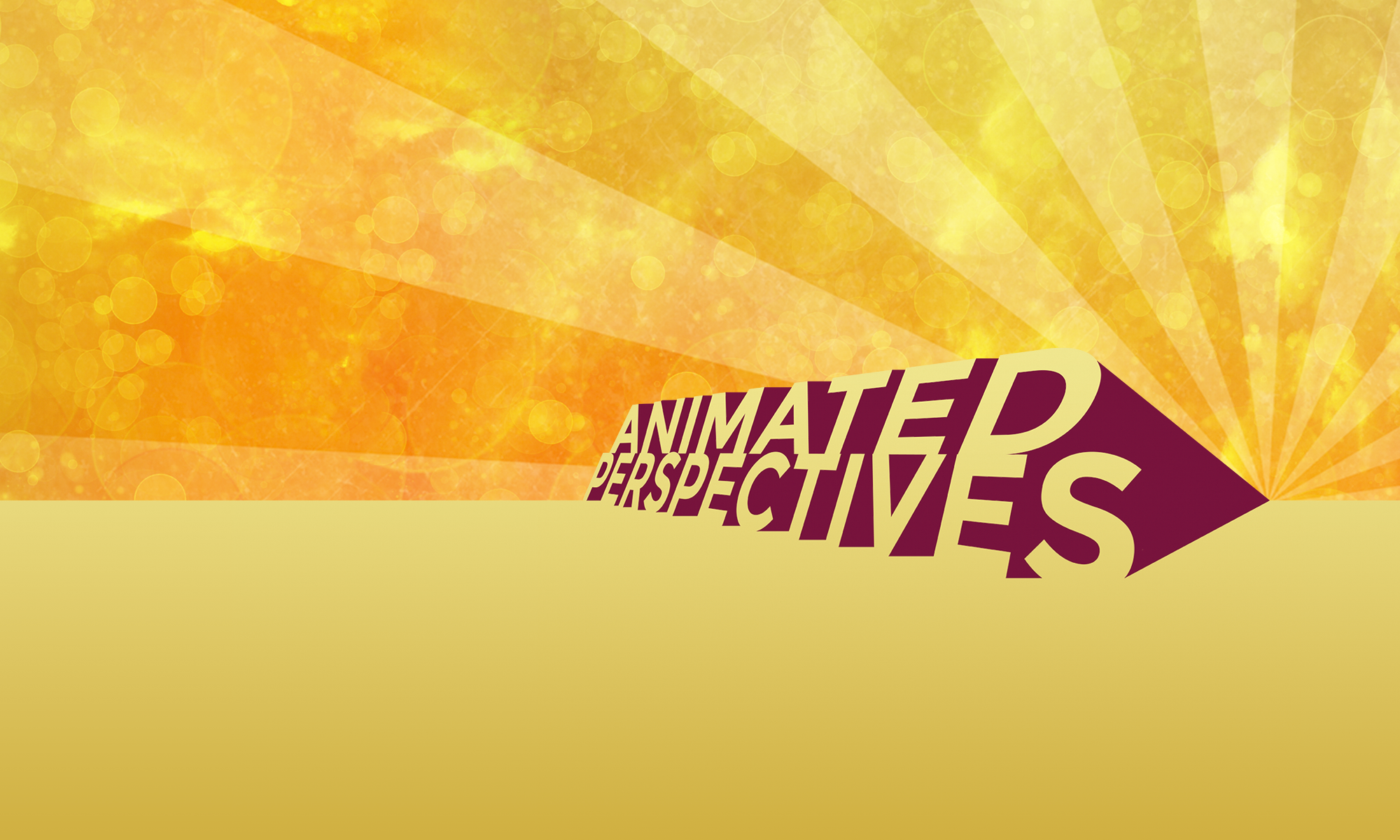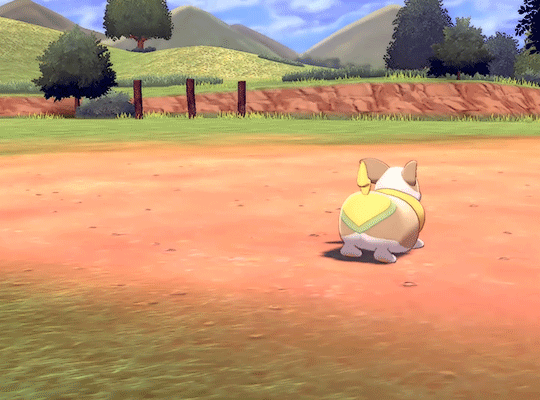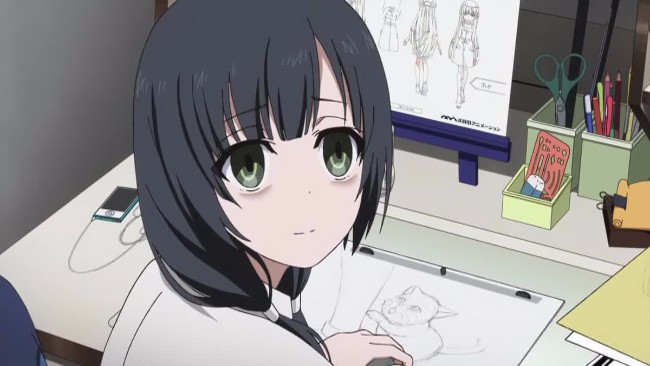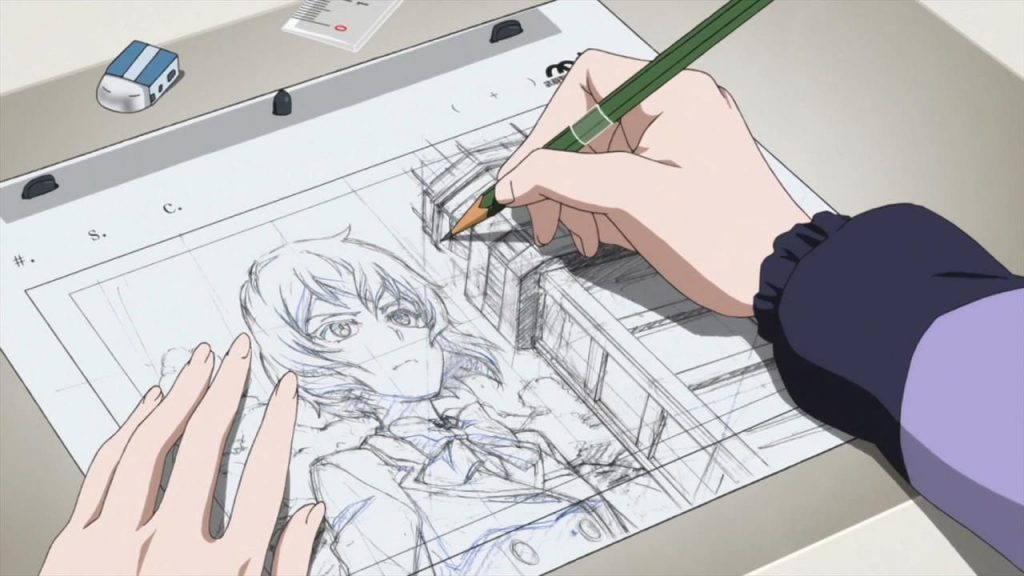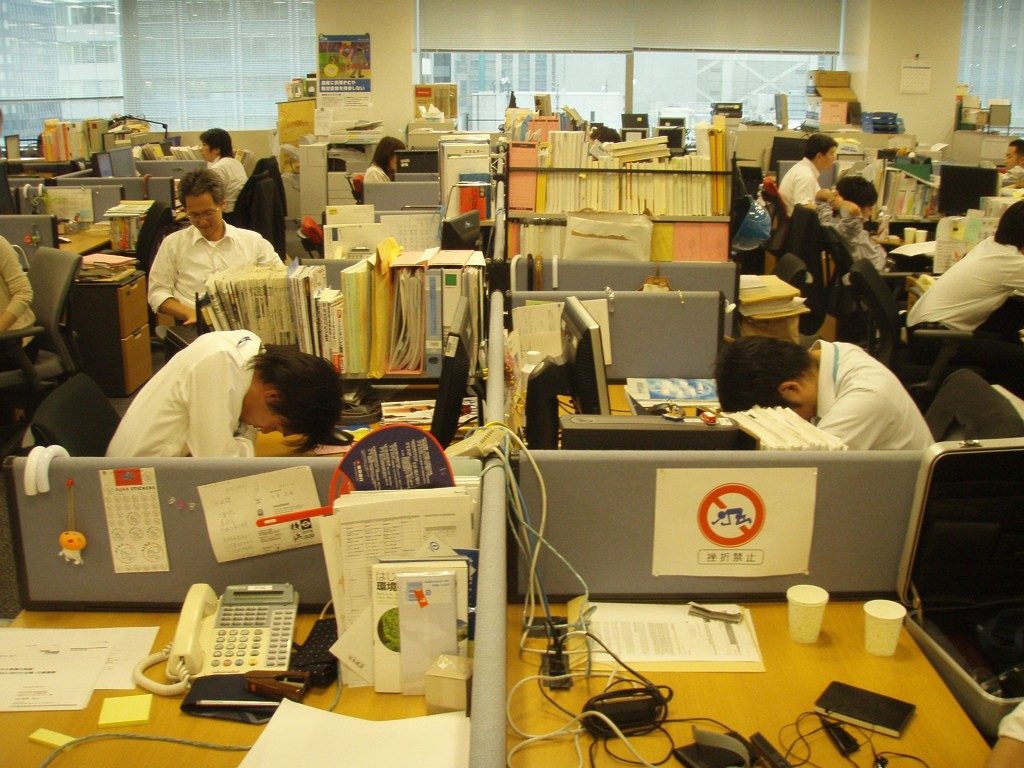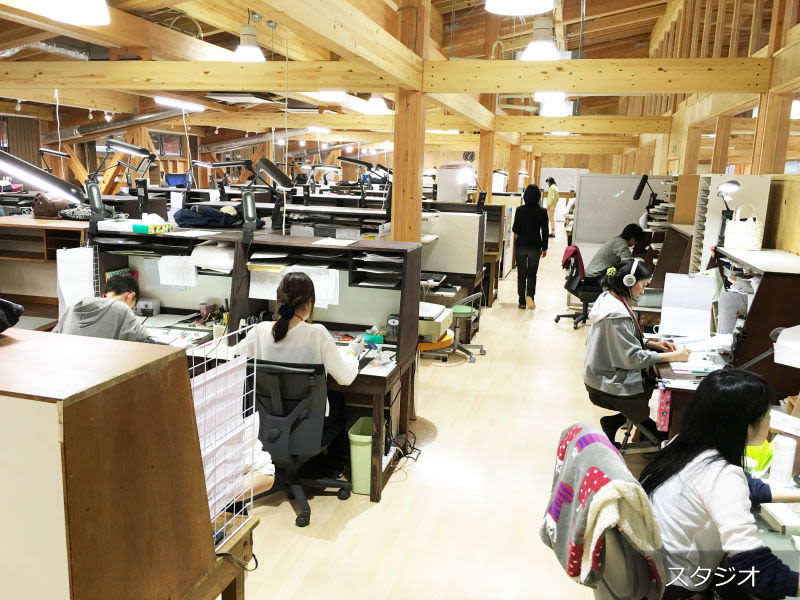The 2019 GLAAD Studio Responsibility Index ranked Walt Disney Studios as “Failing” for their ten films theatrically released in 2018 under their studio and official imprints. This means that across ten films released by the studios owned by the Walt Disney Company like Pixar, Lucasfilm, Marvel, and Touchstone, not a single openly LGBTQ+ person was featured for the entire year of 2018. From the seven major film companies GLAAD evaluates, they cite Disney as having “the weakest history when it comes to LGBTQ inclusion of all the studios tracked in this report,” having ranked as either “Failing” or “Poor” within the last five years.
As disappointing as this is to realize, the only two openly and explicitly gay primary characters currently under the Disney brand are LeFou in the 2017 live action remake of Beauty and the Beast and Cyrus Goodman from the 2017-2019 Disney Channel Original Series Andi Mack. These two characters are also on polar opposite spectrums in regards to their quality of representation, with LeFou’s queerness reduced to flamboyant stereotyping and a blink-and-you’ll miss it ‘gay moment,’ and Cyrus’ coming out being a three-season complex journey of self-discovery and acceptance. This discrepancy raises the question as to why Disney struggles so much with explicitly LGBTQ+ representation, and if there is hope that it will improve going forward.
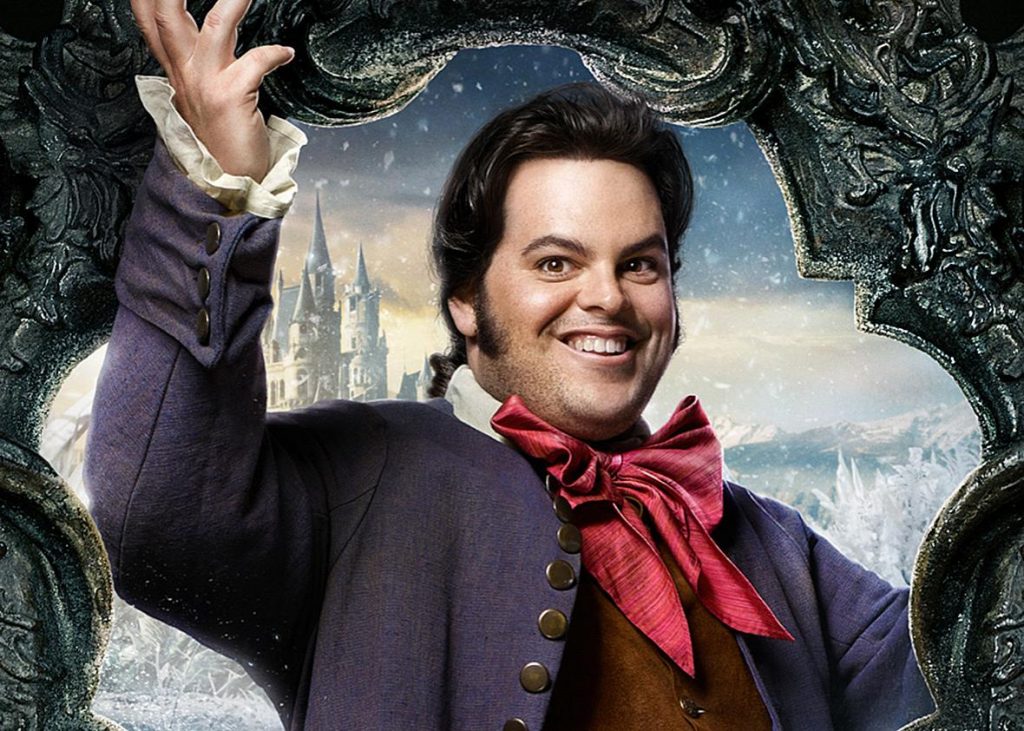
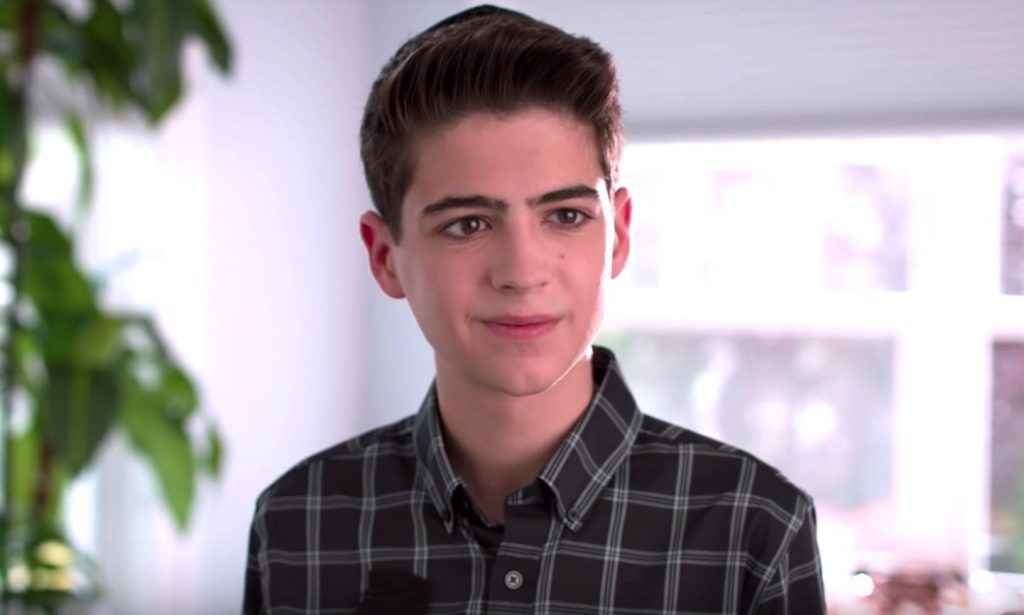
To understand why 2017’s LeFou is a poor example of queer representation, it’s important to evaluate the original character from 1991’s Beauty and the Beast. Cartoonishly ugly with a silly voice, LeFou isn’t even the film’s primary villain. Instead, he’s the emasculated, buffoonish accomplice to Gaston, the true villain, whom he and the rest of his little town view as the paragon of greatness and masculinity. While a sidekick that’s really only there for comic relief and whose name literally translates to “the fool” works when that’s all he’s expected to be, we start running into problems when he’s reinvented as the new “first gay Disney character.”
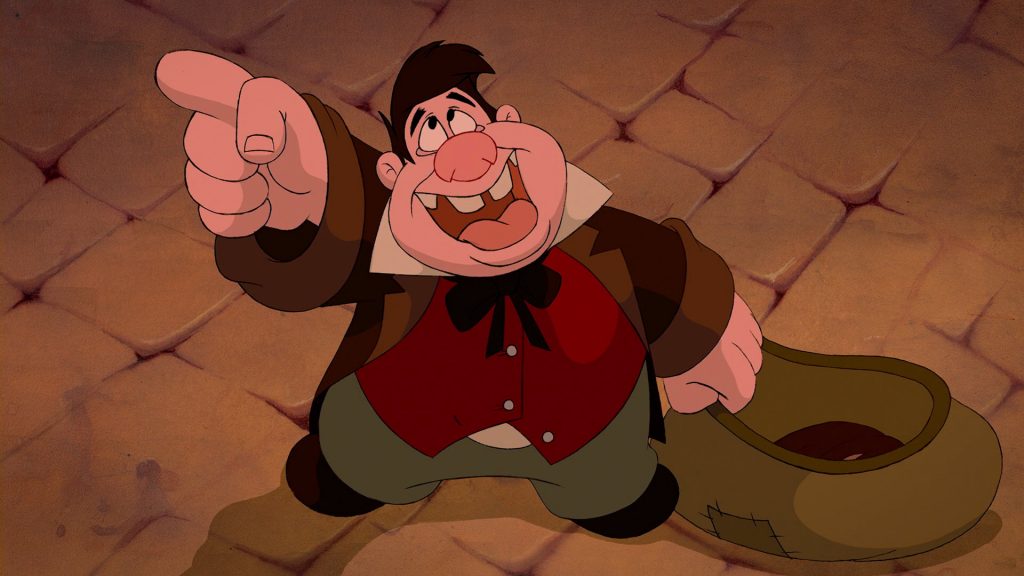
So, how was LeFou updated to be the 2017 champion of gay rights? He makes a lot of offhand comments about being in love with Gaston, which are often played a joke. While in the original film, Gaston is adored by the town, in the 2017 adaption, LeFou has to pay off his fellow bar patrons to join him in singing Gaston’s praises, changing the point of the song from a mob mentality worship of everyone’s favorite symbol of toxic masculinity to a pathetic, one-sided serenade. And then, after Gaston leaves LeFou for dead at their battle at the Beast’s castle, LeFou realizes he was wrong for loving Gaston and is now a ‘good guy.’ As his consolation prize for coming to the good side, he gets to dance with the only other queer-coded townsperson for the film’s seconds-long “gay moment.”
If I’m trying to be positive about this character portrayal, I could argue that having one canonically gay Disney character is better than none at all. It’s one foot in the right direction, and while LeFou may not be a perfect gay character, his existence could be a sign of Walt Disney Studios warming up towards a progression of gayness, where at some point they will feel confident in releasing a film with an explicitly LGBTQ+ hero. But the thing is, that’s not a satisfying answer for our modern era, especially with his portrayal leaning so heavily on outdated stereotypically “gay” traits. Gay film critic Michael Musto particularly criticized the film for having LeFou play into “the stereotype that gay guys always lust for hetero studs.” The GLAAD report is also very telling, and put in perspective against its other studio contemporaries Disney seems incredibly behind the times. Why is Disney still at a point where their first gay character is someone who must be redeemed for their bad choice of being in love with another incredibly problematic man? Why is this a character that has to be on the side of “evil” first and then switch sides to the “good guys”? Why can’t we just have positive, heroic gay characters from the get-go?
My best guess is that for the company, picking LeFou as their first gay character wasn’t really risky. To compare this to another example, when Disney began airing the television show Walt Disney’s Disneyland in 1954 as a means of promoting their brand new theme park coming in 1955, they chose a character from their most recent film, Peter Pan, to be the mascot of the park. Choosing Tinkerbell to be their animated ambassador of Disneyland rather than Mickey Mouse was a bit of an insurance policy. If the park failed, then Tink would be associated with that failure, but she that wouldn’t do the same damage to the Disney as if the park failed with Mickey, the icon of the entire company, helming it. Similarly, LeFou is a pretty expendable Disney character. If the first pass at establishing a gay character was met with horrible critical response, it would not do that much damage to the entire image of Disney – he would just be a disliked character. While there has been a decent amount of campaigning to give Frozen’s Elsa a girlfriend, she’s the current face of the modern era of Disney success, so giving her an explicitly queer identity would be a far riskier move for the company, even if she would be a far more ideal candidate for “first gay Disney character.” In response as to whether Elsa would be given a girlfriend in Frozen II, director Jennifer Lee said “There’s so many movies that define a woman by her romantic interest. That’s not a story that we wanted to tell at this point in time. What we really wanted to tell was if you have these powers, how do you grow and change and find your place in the world and find answers that haven’t been found before?”

Even though the Walt Disney Company seems to be hesitant to include any major LGBTQ+ heroes in their feature films, they did have a significant win in their Disney Channel series Andi Mack. The showis the channel’s first live action serialized drama, which follows middle schooler Andi Mack and her two best friends Buffy and Cyrus as they navigate the real life complex problems that come with growing up. The show covers many sensitive themes, with Andi discovering that the person thought was her older sister is actually her mom, Buffy trying to overcome sexism in her school’s athletic program, and Cyrus coming to terms with his sexuality. While these topics are all a bit heavy for Disney Channel content, they are covered with sincerity and open mindedness, which is very refreshing for children’s television programming.
Cyrus comes out to his one of his best friends, Buffy, in the show’s second season after realizing he has a crush on Andi’s new boyfriend, Jonah, who he had grown to be close friends with in the first season. While the realization is overwhelming for him to admit, his honesty is met with love and support from Buffy, who reassures him that even if this is something new for him, he’s still the same Cyrus she’s always loved. Cyrus later admits his feelings for Jonah to Andi, and they bond over how heartbreaking having a crush on him can be. By the third season, Cyrus has moved on from his crush on Jonah, but wants to be able to tell him about his sexuality since they’re still close friends. Even though it’s harder than coming out to Buffy and Andi, Cyrus finally blurts out “ …and I’m gay” in the middle of a conversation, to which Jonah responds, “Cool!”
It’s also refreshing to see that Cyrus’ character isn’t just defined by his sexuality, he has his own complex storylines dealing with growing up and friendships, and is often trusted by his friends to be a loyal confidant who gives thoughtful and emotionally intelligent advice. Cyrus is often the character that will find the good in characters the rest of his friends tend to misjudge, helping Jonah’s ex-girlfriend Amber work through her parents’ divorce, and encouraging
Buffy’s basketball rival T.J. when he’s struggling with being diagnosed with dyslexia. Cyrus and T.J.’s friendship grows over seasons two and three from being newfound best friends to maybe being something more. Even though their feelings for each other aren’t explicitly stated, it’s clear the two of them have chemistry, and in the final episode the two of them imply having feelings for each other, ending their conversation holding hands. In regards to their final scene, show runner Terri Minsky said, “I think that first physical contact with somebody is so intense. The feeling of their hand and your hand intertwined, how unusual and connected and intense that is. I just felt like this was the story of these characters, that they finally understood what they were saying to each other, and it wasn’t like they had to wonder, is he saying this? or is he thinking this?”
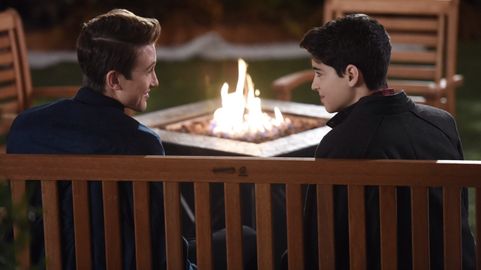
It’s frustrating when Andi Mack is such a clear example that Disney is capable of doing more when it comes to well written, complex, and sincere LGBTQ+ characters, but this writing is not reflected in their feature films. The real issue here is that The Walt Disney Company has more freedom in taking risks when it comes to programming that’s mostly targeted towards millennials and Gen Z kids, especially if it doesn’t necessarily need to reach a global market. The new Disney+ series High School Musical: The Musical: The Series seems to be targeted towards a very similar audience, and within its first few episodes does seem to have solid LGBTQ+ representation, with it’s main character, Nini, having two moms, and two other principal characters, Carlos and Seb, being gay. However, the Walt Disney Company still seems to be very hesitant in including queer representation for its feature films, given that if they only releases about ten films a year, they have to make sure they aren’t isolating international audiences, with China being one of their largest demographics. So while we may continue to only see LGBTQ+ references that are minor enough to be edited out in feature films for the next few years, there is some hope in seeing that there is a willingness to include queer characters in their television programming going forward.
https://www.glaad.org/sri/2019/walt-disney-studios
https://www.harpersbazaar.com/culture/film-tv/news/a21506/disney-gay-lgbt-characters-history/
https://www.ign.com/articles/2019/08/25/why-frozen-2-wont-give-elsa-a-love-interest
